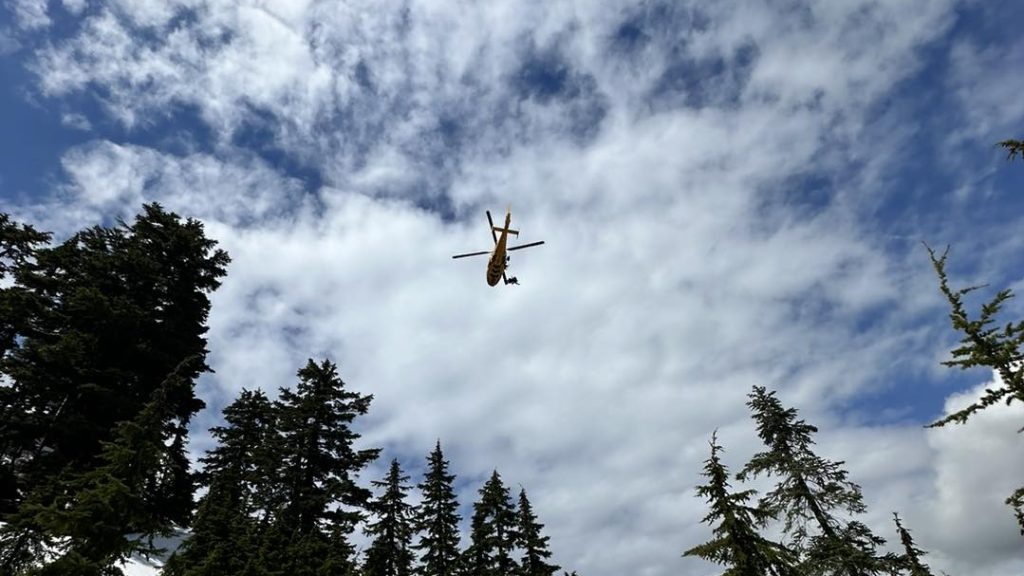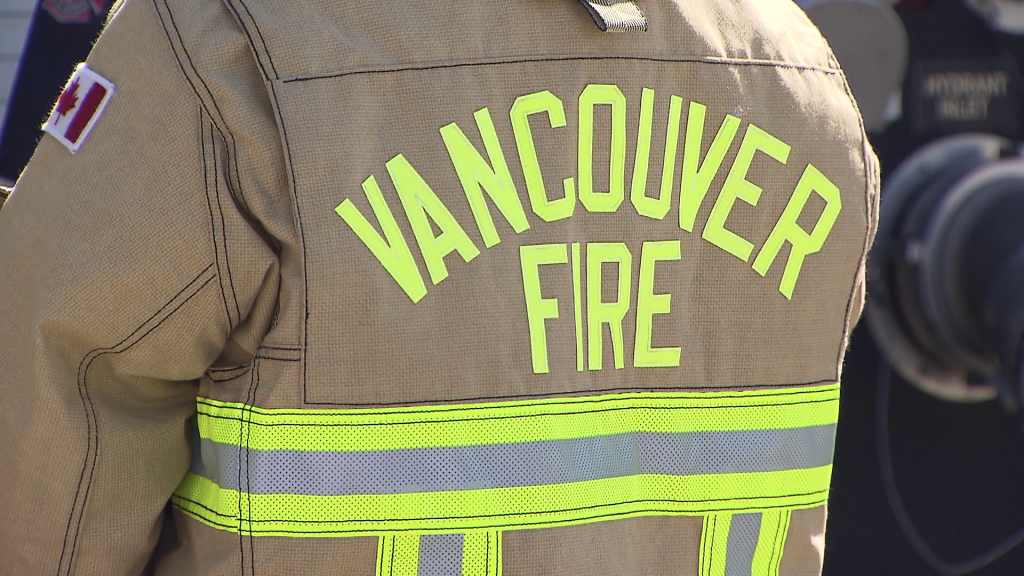After the heat dome, finding out if B.C. can better handle emergencies in the future

Posted June 29, 2022 6:08 am.
Last Updated June 29, 2022 6:54 am.
The criticism has been relatively swift in the 12 months since more than 600 people died in a span of just a few days as incredibly high temperatures shattered Canadian records.
The heat dome in B.C. was an eye-opener for many and underscored just how unprepared we truly are for any major emergency. Given what happened and the lack of warning and action from public agencies, including the provincial government, the question begs: is the province able to handle another widespread emergency?
It depends on who you ask.
Listen:
E-Comm, the emergency call centre, says it was overwhelmed last summer with calls, some of which should not have been directed to 911 call-takers. It says there was also a staff shortage, a comment that’s in line with what we’re hearing from the paramedics’ union.
Related Articles:
-
What’s changed in B.C.’s emergency response one year after the heat dome?
-
B.C. scientists see recovery but fear more heat domes could change ecosystems forever
-
‘Toughest time they’ve ever worked’: One year after heat dome, paramedic shortage remains
Kaila Butler with E-Comm says they’ve made some changes to make, what she describes, calls more efficient. They’ve also hired dozens of people since January and continue to try and recruit aggressively.
However, Butler feels a key way to ensure phone lines are not dogged by non-emergency calls is the reliance people won’t call them if it’s not an emergency, not just in the short-term but moving forward.
“Making sure the public is turning to the appropriate alternative resources for their calls… to make sure people in need can get the help they need but from the appropriate resources. Public education for when to call 911, when to call police non-emergency lines and when to call an alternative resource will be a push for E-Comm throughout the summer, of course, we need the public to help us by knowing and calling the appropriate resource and helping us keep those lines free for emergency situations.”
Troy Clifford, president of the Ambulance Paramedics and Dispatchers of BC, feels although public education is important, there needs to be more staff and better communication between various agencies to ensure the public is helped and kept safe. As of this story being published, Clifford says there are at least 500 job openings in the sector province-wide.
“Will we better if we have another heat dome? Absolutely, because we’re going to be checking in on our neighbours, we’re going to be better prepared for what we can anticipate and that also applies for any natural disasters or environmental issues. Every year we face these challenges, and we continue to see them in BC. Are we better prepared as a society? I think we are.”
A recent coroner’s report into the heat dome discovered there was a lag in public alerts being issued, but among the recommendations was ensuring that never happens again.
“That coroner’s inquest only talked about the unfortunate people who died, there was a lot, a lot of sick people that didn’t get treatment in a timely fashion. The cooling stations is another thing they didn’t exercise last time. We need to make sure we have cooling stations and community centres. We need to make sure those people aren’t in that situation and vulnerable. We do this with wildfires every year, we have infrastructure, and we need to better coordinate that, and I think we will be but it’s really going to not just rely on the ambulance service to be there or emergency services. We need everybody looking after themselves, we can’t just rely on an ambulance service to get us to the hospital when we have those spikes of significant calls.”
Related Articles:
-
More and more British Columbians are using AC: BC Hydro
-
Hot summer weather arrives to Vancouver, most of B.C. following wet and cold spring
-
B.C. invests $21 million into Lytton rebuild
Burnaby Mayor Mike Hurley, a former firefighter, echoes E-Comm’s stance that educating people during an emergency will help ease the burden on the system.
“The real key is going to be really having a discussion with our community about how to stay cool at home because [for] many people, that’s where they feel most comfortable and if we cand find a way to keep people cool at home, that would be the most preferred option.”
Burnaby has made changes including having four cooling centres open until 10 p.m., instead of just two open until 7 p.m., which was the case in 2021. “I think we really need to step up our game in our emergency responses. There needs to be extra staff on duty. We need to prepare better. [The heat dome] is something that we really can’t allow to ever happen again.”
Hurley says there’s been so much focus on the heat dome, but he admits he’s worried about the future given how quickly the effects of climate change are presenting themselves. “It’s not just all about heating, they’re about floods, they’re about fires, so we’re really going to great efforts with our emergency preparedness group to make sure we’re prepared for whatever the situation brings, and we all know the weather patterns are definitely changing and there’s still a great deal of work to do but I’m confident we’re moving in the right direction.”
Related Video:
Hurley says as they work to figure out safety plans moving forward, he wants to hear from the public.
“Burnaby is moving forward and we’re doing all we can to ensure we’re prepared and if anyone from the public has other good ideas that perhaps we could use, we’re always willing to listen. I think we all need to be on our toes for the climate crisis, and it truly is a crisis.”
This is the third part of a three part series on the one year anniversary of B.C.’s deadly heat dome. Read part one and part two here.










